Harsh V Pant and Kartik Bommakanti
 The latest announcement of the People’s Liberation Army (PLA) cutting its size by 50% is unsurprising yet consequential. This steep reduction brings about a structural transformation announced by President Xi Jinping and consistent with the military reforms introduced in 2015. The composition and disposition of Chinese military power today has changed significantly. The PLA’s transformation into a more streamlined fighting force has been nothing short of spectacular given the amount of internal bureaucratic and institutional resistance there was to bringing about a change in its force structure.
The latest announcement of the People’s Liberation Army (PLA) cutting its size by 50% is unsurprising yet consequential. This steep reduction brings about a structural transformation announced by President Xi Jinping and consistent with the military reforms introduced in 2015. The composition and disposition of Chinese military power today has changed significantly. The PLA’s transformation into a more streamlined fighting force has been nothing short of spectacular given the amount of internal bureaucratic and institutional resistance there was to bringing about a change in its force structure.
Chinese military power is aimed at defeating the adversary without actually engaging in active combat. In the event the latter does not occur, China would prefer subduing the opponent with overwhelming force at low cost. It corresponds roughly to the balance between attrition and manoeuvre. Given that the Chinese military was largely following the Second World War operational models, its overhaul was indeed deemed necessary by policymakers. The PLA’s experience of warfighting post Second World War did impress upon its leadership, particularly Deng Xiaoping, the importance of moving away from fighting debilitating wars that claimed the lives of too many fighting personnel.

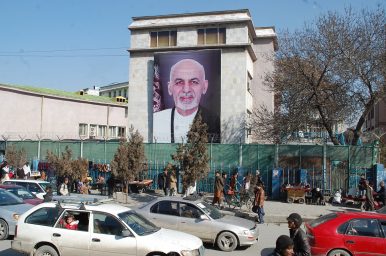
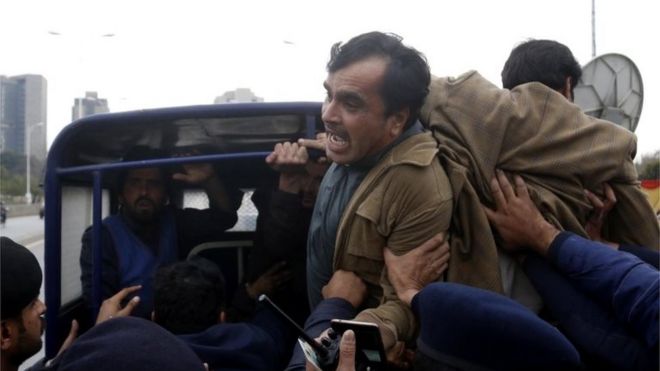
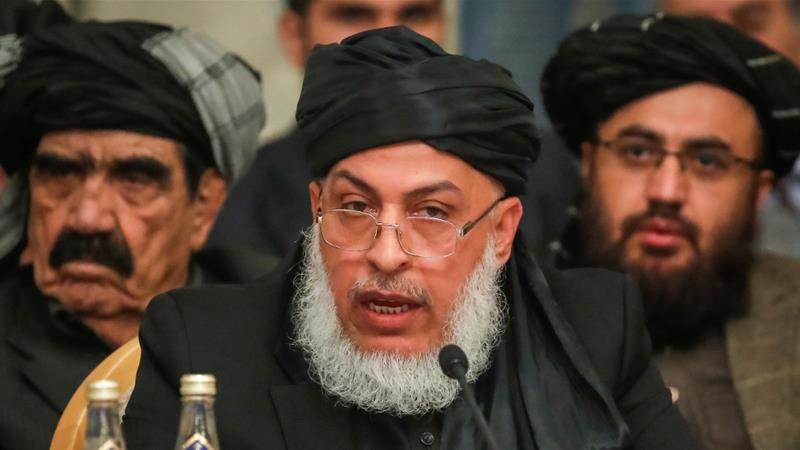
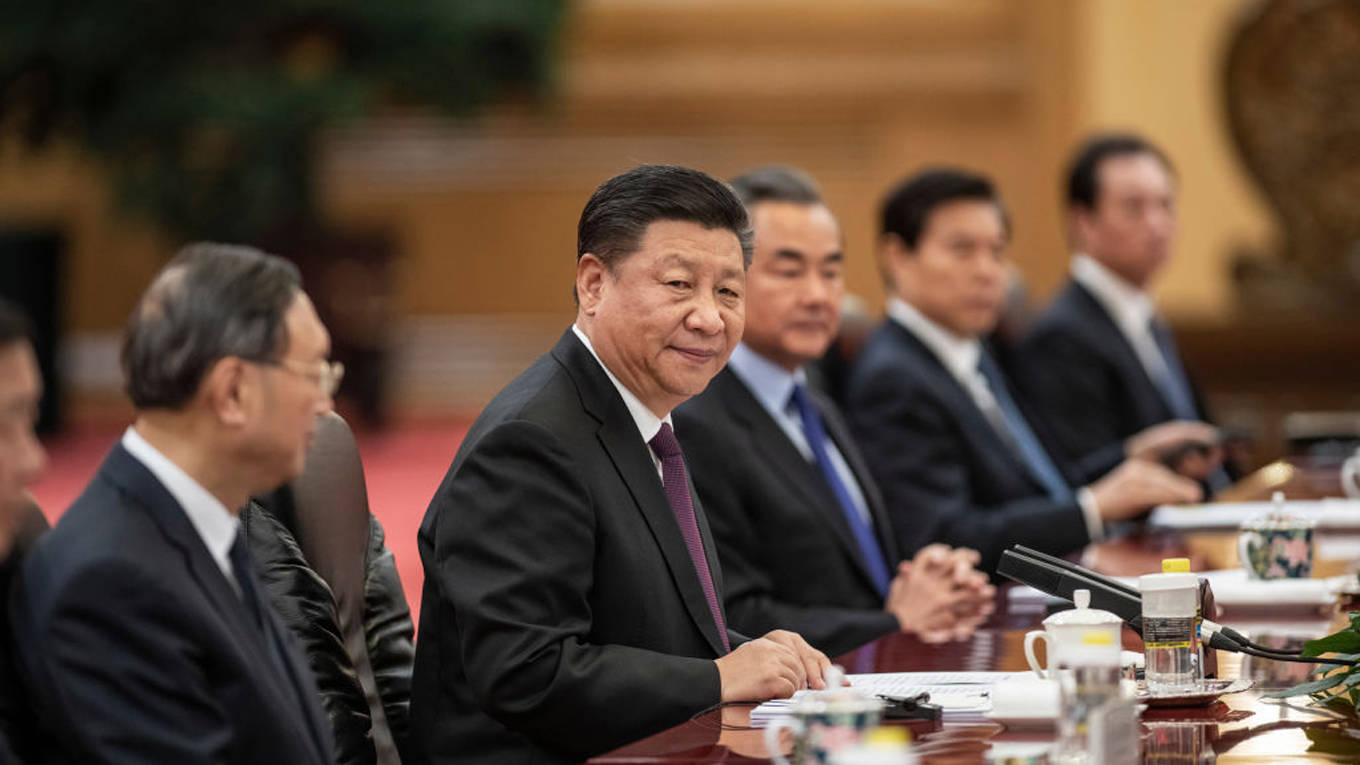
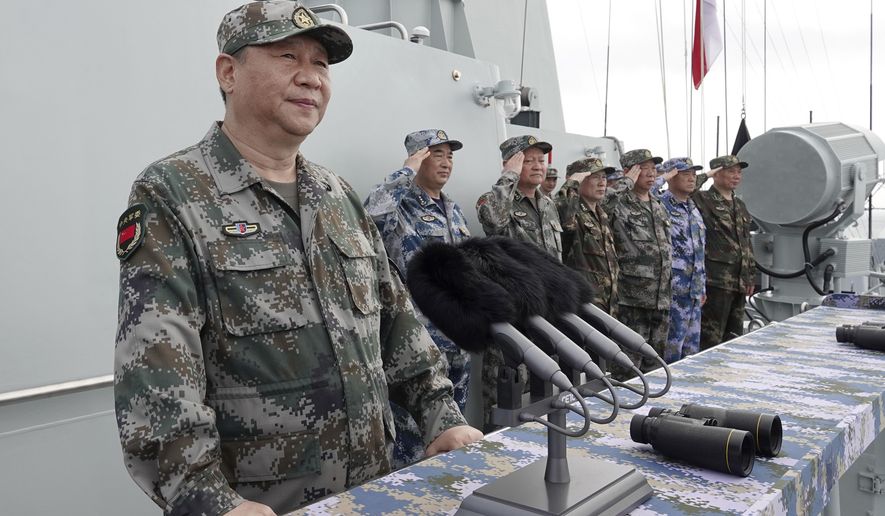

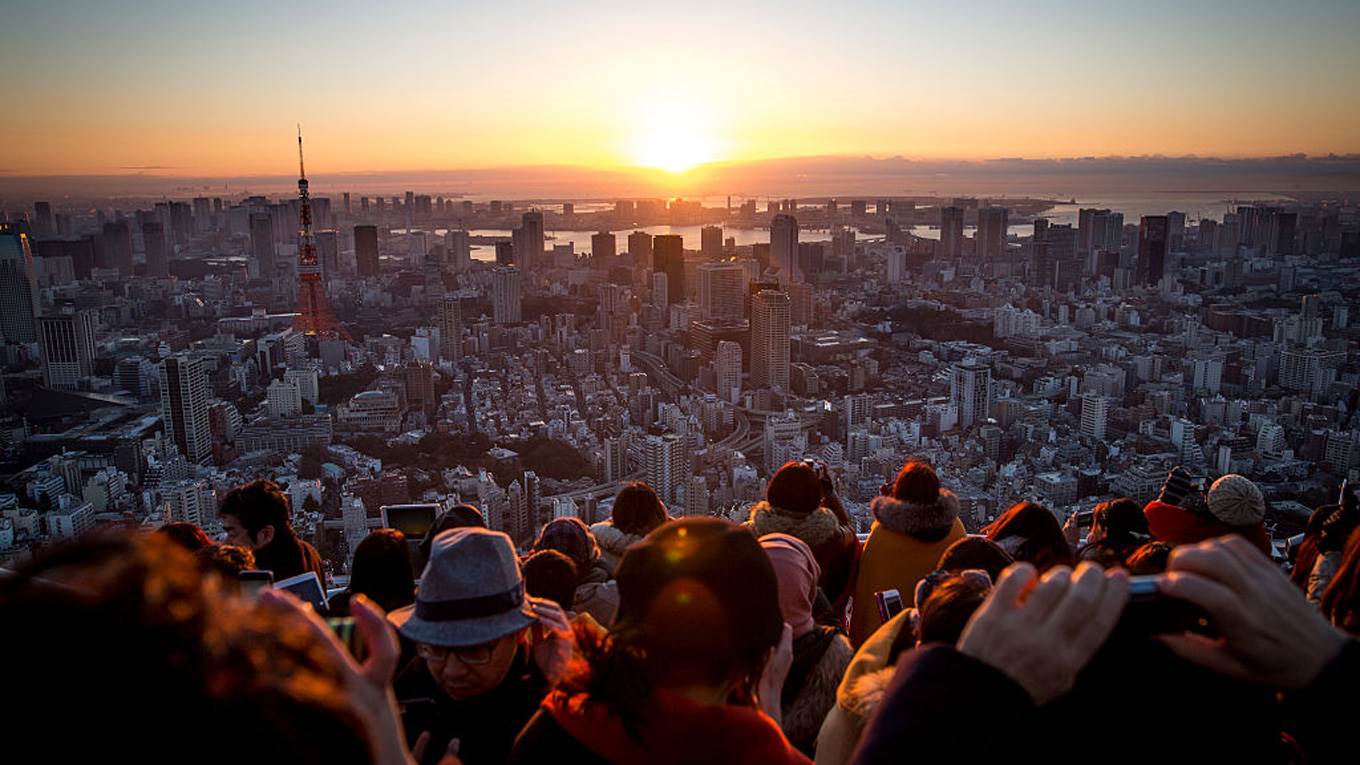

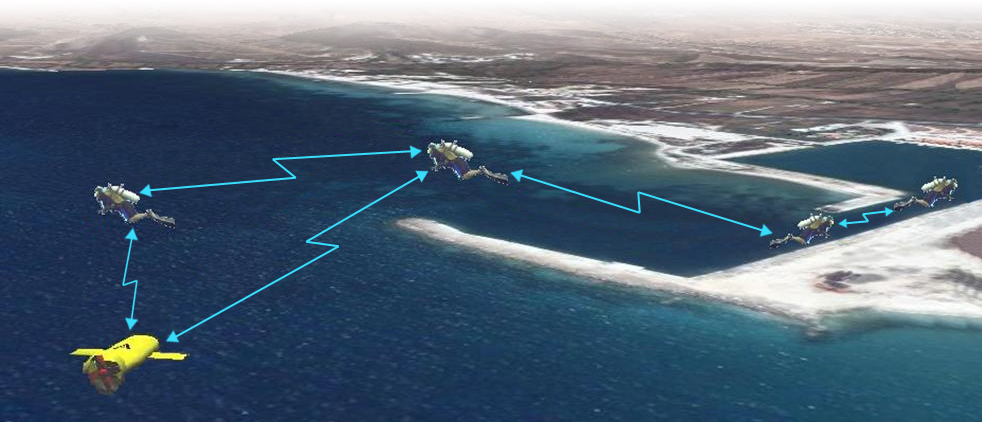
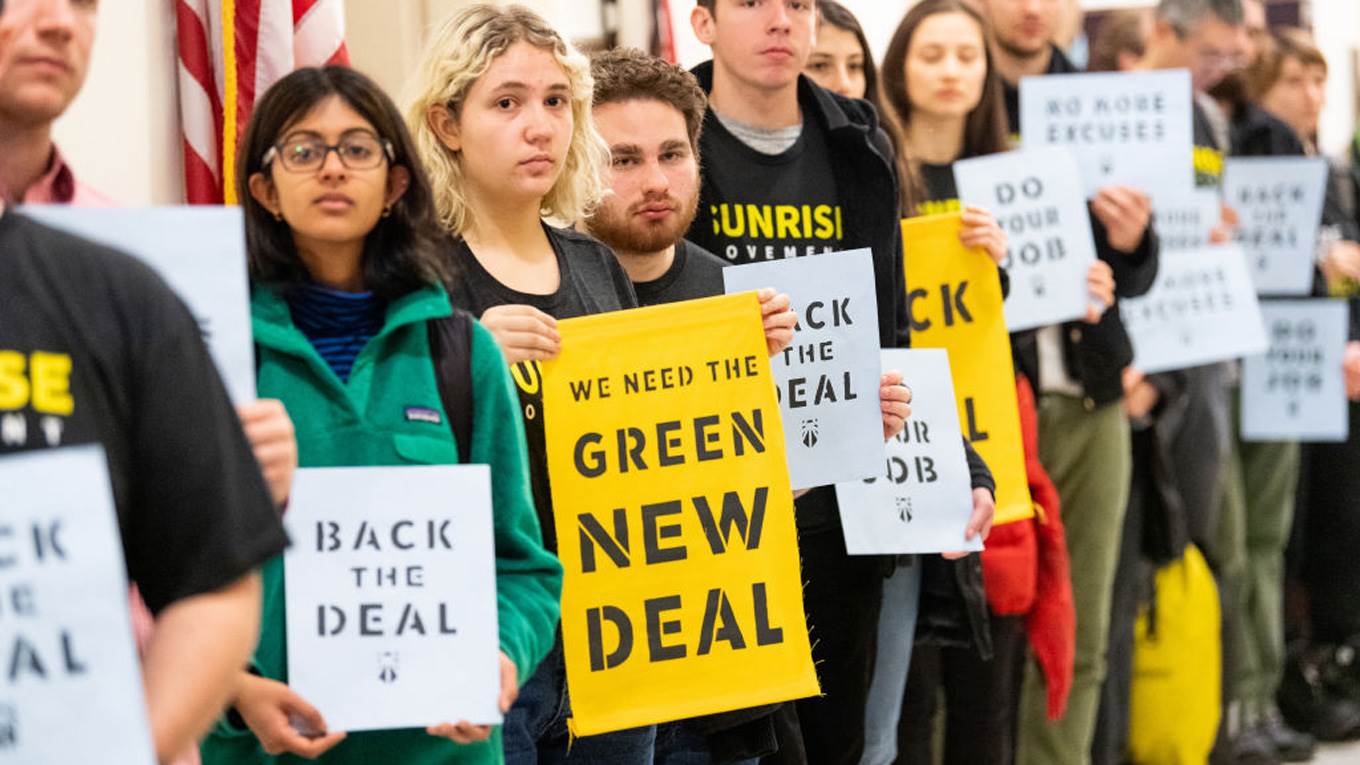





/arc-anglerfish-arc2-prod-mco.s3.amazonaws.com/public/5CTFTUV5OBH2VHXKHMHIUVIL6E.jpg)